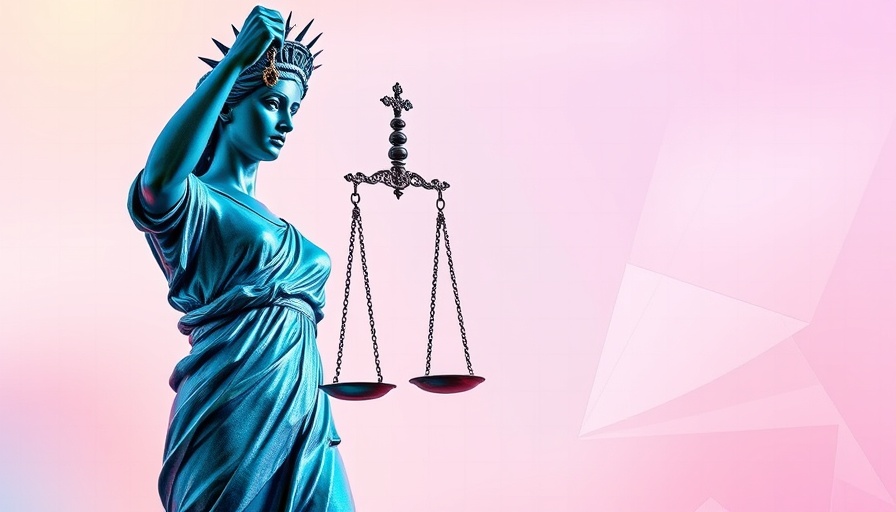
AI in the Legal Profession: A Double-Edged Sword
The recent incident involving Australian lawyers Rishi Nathwani and Amelia Beech has raised significant concerns about the credibility and reliability of artificial intelligence (AI) in legal proceedings. Lawyers are often viewed as meticulous and detail-oriented professionals; however, the increasing reliance on generative AI poses a perilous risk with profound implications. In this particular case, the defense team used AI-generated documents that included alarming inaccuracies, which led to misunderstandings during a murder trial. While AI can be a powerful tool, it also underscores the necessity for a rigorous vetting process when utilized in serious contexts, like the courtroom.
The Consequences of AI Errors
The implications of AI errors in legal documents can be catastrophic. In this instance, the mistaken citations and accurate references meant that the prosecution based its arguments on misleading information. Justice James Elliott's comments about the need for independent verification of AI outputs resonate with the broader concerns surrounding how AI can operate autonomously within critical fields. As AI continues to be integrated into workflows, particularly in heartland professions like law, its inaccuracies could endanger not only the integrity of cases but also the very concept of justice.
The Ethics of Generative AI Usage
The legal profession functions on the bedrock of trust and accuracy. When lawyers prioritize expediency over diligence by outsourcing essential tasks to AI, the repercussions can reverberate through the entire judicial system. It seems this incident is not isolated; there have been other documented cases where law firms faced sanctions for disseminating fabricated information generated by AI. These incidents raise ethical questions about the responsibilities of lawyers in performing their duties, particularly when evaluating emerging technology.
Defending the Future: AI Regulation and Oversight
As industries across the board embrace AI, the legal field might need more stringent regulations and oversight regarding its use. Conversations about establishing guidelines, training modules, and clear ethical standards are vital. By ensuring that AI tools are used judiciously, legal practitioners can maintain professional integrity and ensure that the courts remain a bastion of justice rather than a playground for AI miscalculations.
The Role Small Business Owners Can Play
As a small business owner, the ramifications of AI misuse extend beyond courtroom antics. The rise of generative AI poses uncertainty in multiple arenas—rights regarding intellectual property, consumer privacy, and corporate compliance are just a few considerations. Understanding these dynamics, and advocating for ethical AI practices across various sectors becomes paramount. Small business owners can participate in discussions about regulatory measures that govern AI, ensuring their enterprises don’t fall prey to AI-induced inaccuracies either.
The Path Forward: Building a Balanced Relationship with AI
To ensure that AI serves as a beneficial tool rather than a liability, individuals and institutions must focus on fostering an informed understanding of its potential pitfalls. Engaging with AI requires an emphasis on education, where stakeholders can learn about the flaws of current AI technologies and the necessity of human oversight. By cultivating a culture of responsible AI use, we can harness its benefits while minimizing risks across sectors, including in the legal realm.
The discussion surrounding AI’s role in law—and indeed all sectors—serves as a clarion call for better oversight, training, and ethical practices. As technology drastically reshapes how we operate, embracing this evolution must include a commitment to diligence, accountability, and integrity.
 Add Row
Add Row  Add
Add 




Write A Comment